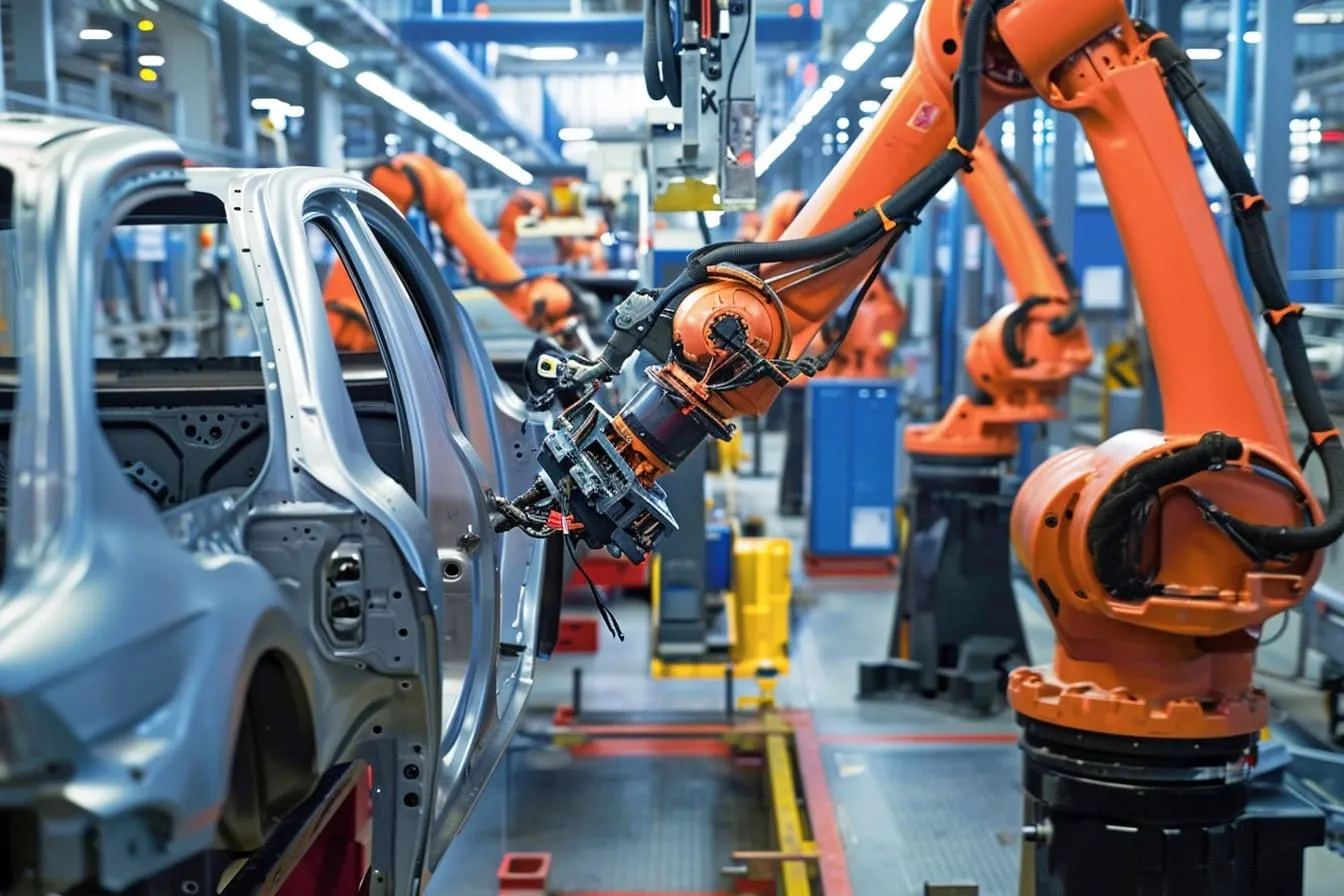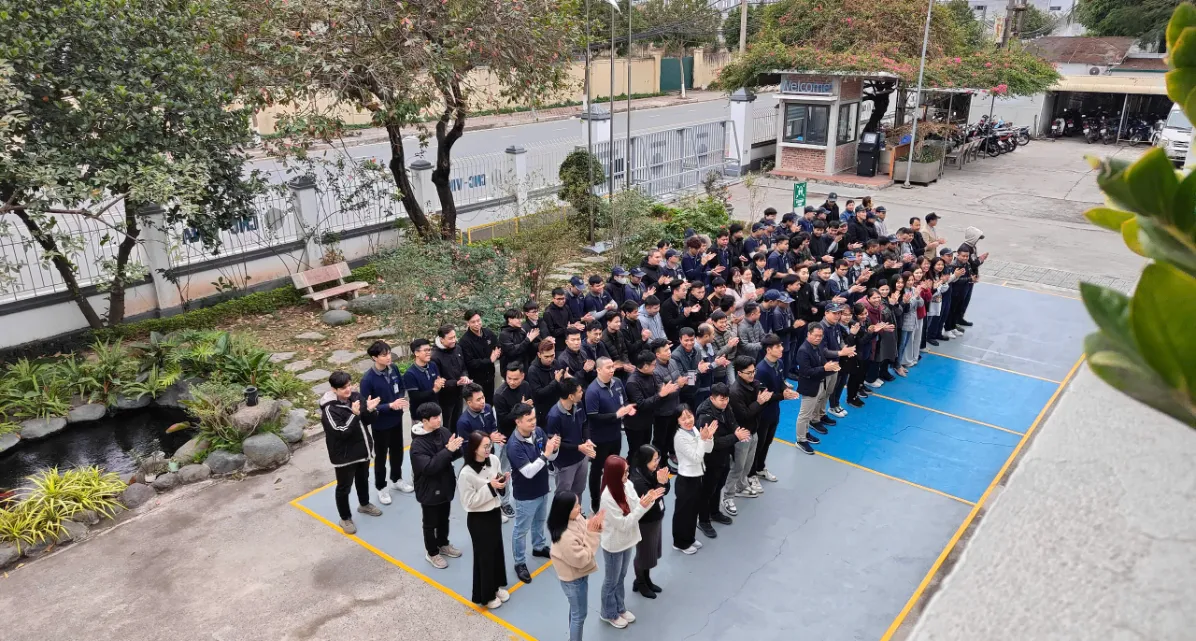Surface treatment of metal before painting is a crucial step in creating a smooth paint layer and enhancing the durability of the material. This stage directly determines the adhesion, durability, and aesthetics of the coating.
If the surface is not properly cleaned and treated, the paint layer may rust, peel off, or gradually deteriorate over time. Depending on the technical requirements and the type of metal, the appropriate surface treatment method should be selected to achieve the highest efficiency.
So, what is the most suitable surface treatment method for your product before painting? Let’s explore in detail with PWP Solution the various metal surface treatment techniques and specific methods used!
Before processing, the surface of metal products is often covered with various contaminants such as dust, rust, impurities, and grease. If the surface is not properly treated before painting, the coating will have poor adhesion to the metal, making it prone to peeling, reducing its aesthetic appeal, and shortening the lifespan of the paint layer.
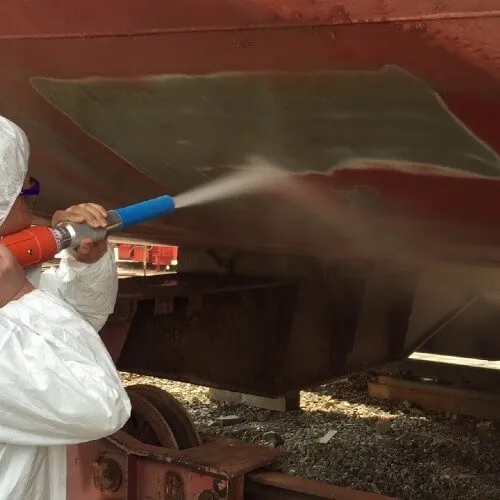
Surface treatment of metal helps enhance adhesion, protect the metal surface, and extend the durability of the coating. Therefore, metal surface treatment before painting is not only the first step but also one of the most crucial steps to ensure the final product achieves the highest quality and visual appeal.
The condition of the metal surface directly affects the durability and longevity of the galvanized paint coating. If not thoroughly cleaned, it will be difficult to achieve the desired quality and effectiveness of the paint.
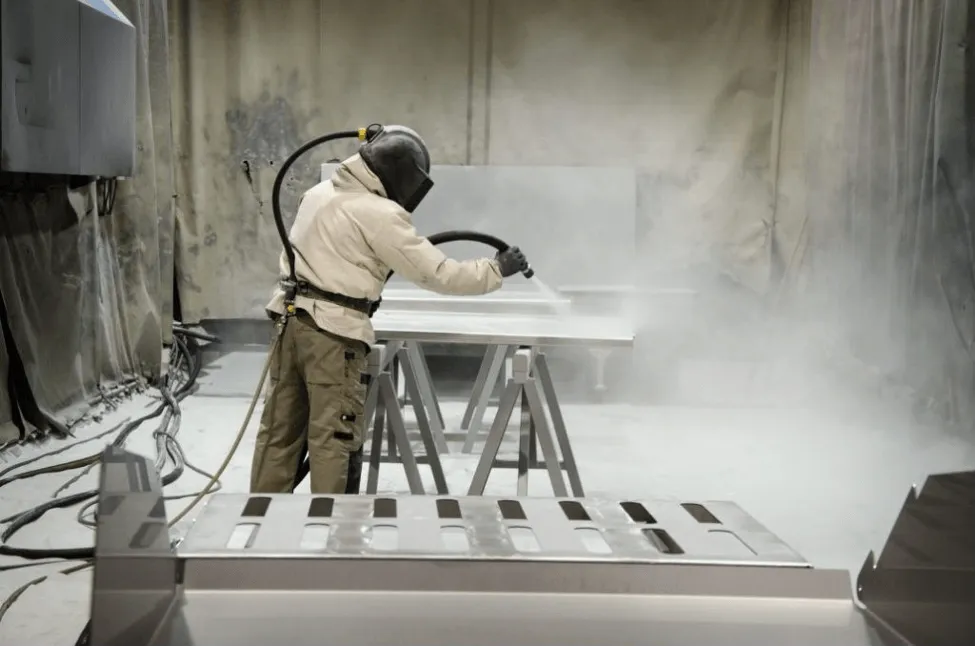
Old metal surfaces often have various tightly adhering contaminants such as grease and rust. In this case, you need to treat and completely remove them using a cleaning solution to restore a shiny and clean surface.
For deteriorated paint layers, manual methods or paint scraping tools can be used. However, for thick and well-adhered layers, it is necessary to use electric tools to improve cleaning efficiency and reduce the amount of manual labor required.
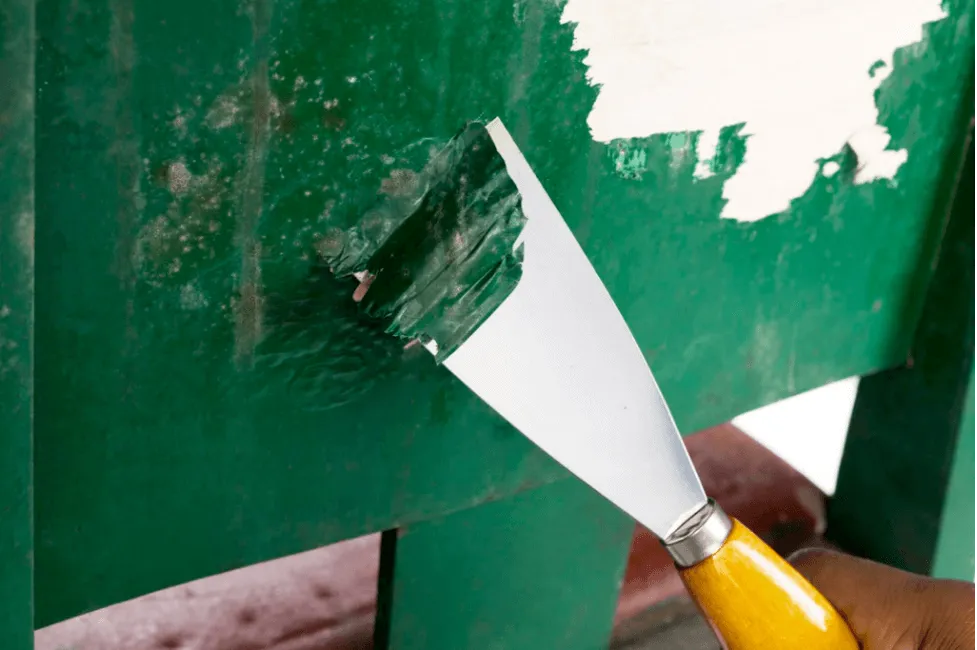
Rust is a layer that adheres tightly to the surface over time and can significantly damage the material. If the rust is not completely removed, it may cause blistering after painting and negatively affect the aesthetics of the coating.
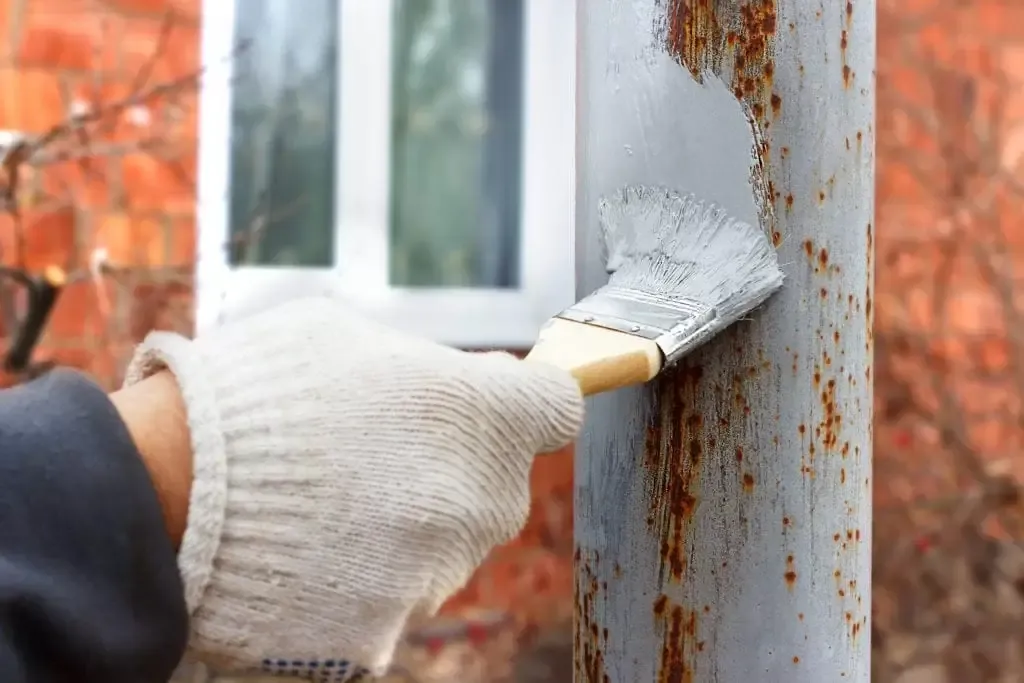
To restore the surface to its original condition, workers can use sanding tools or high-pressure cleaning machines to thoroughly clean the rust.
Old metal surfaces often have dents or small holes due to corrosion or impact. To repair them, you should sand the entire affected area until bare metal is exposed and wipe it clean with a degreasing agent.
For areas with dents or multiple holes, you can use an epoxy-based compound to fill them. Then, apply a large fiberglass mesh as a filler and cover it with another layer of epoxy.
For metal surfaces exposed to high positions, high humidity, or outdoor environments, applying a primer after cleaning is essential. This step helps prevent dirt accumulation and rust formation.
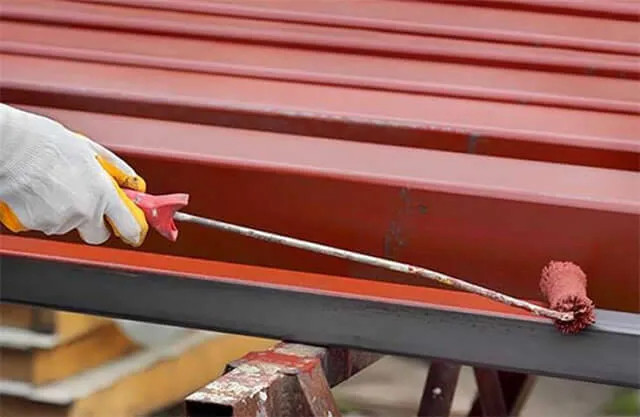
To ensure that the metal surface meets the required standards before painting, a variety of treatment methods are available—from manual techniques to advanced technologies. Below are the most common surface treatment methods:
For small surfaces or complex structures, manual tools such as brushes are often used for cleaning. However, this method is not suitable for large-scale production as it is time-consuming and labor-intensive.
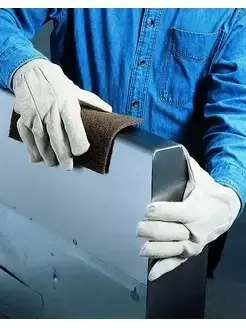
To remove contaminants and oxide layers from metal surfaces, workers can also use mechanical methods such as machine sanding, sandblasting, or steel shot blasting. These techniques are widely used for flat and large surfaces to clean and roughen the metal, thereby improving paint adhesion.
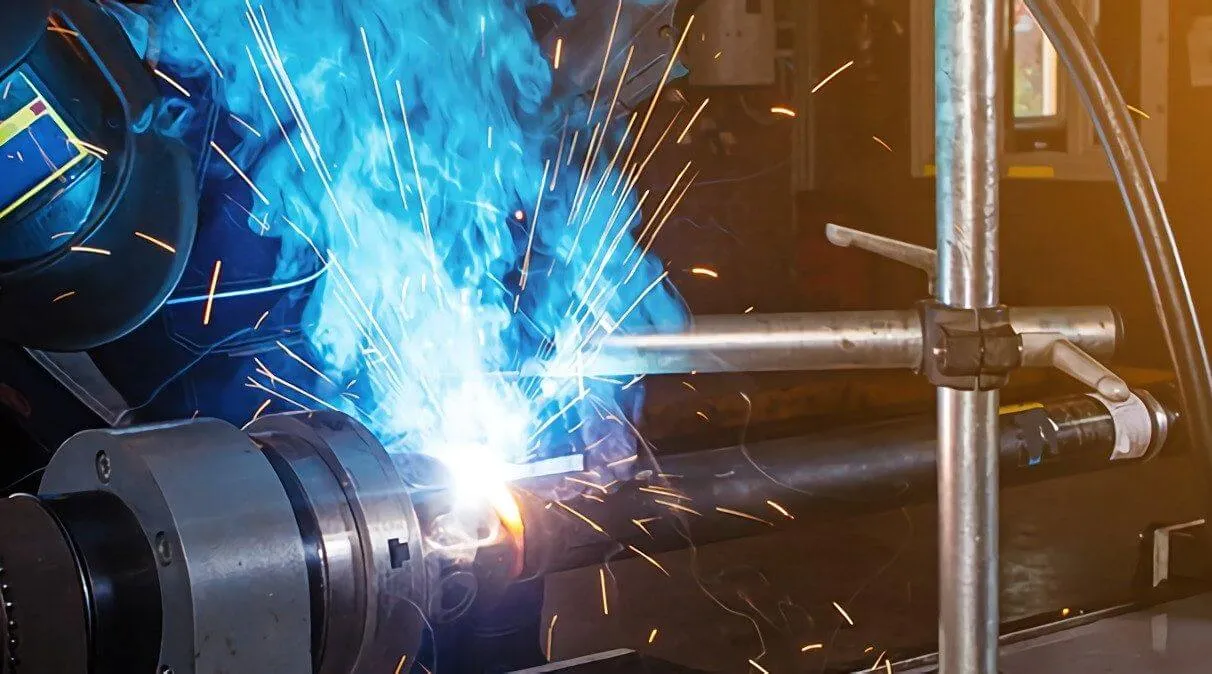
This is one of the most modern and effective methods for cleaning metal surfaces before painting. It involves using electric current to create chemical reactions that deeply clean the surface without damaging the metal structure. However, this method requires complex equipment and comes with high investment costs.
Unlike electrochemical treatment, ultrasonic cleaning uses high-frequency sound waves to clean metal surfaces. This method is especially effective for surfaces with intricate shapes or small crevices, offering significantly better results than traditional mechanical methods. The sound waves generate microscopic bubbles that implode, effectively removing all contaminants from the metal surface.
Chemical cleaning is a widely used method for removing grease, chemical residues, and tightly bonded oxide layers from metal surfaces without the need for scrubbing. This process typically includes three steps: chemical immersion, chemical spraying, and drying after spraying. Chemical cleaning is commonly used in large-scale industries that require high-volume production and fast turnaround times.
Laser treatment is the most advanced method currently available for cleaning metal surfaces before painting. By applying laser technology, all contaminants, dust, and oxide layers can be quickly removed without damaging the metal surface. This method is highly effective and environmentally friendly, although it involves relatively high investment costs.
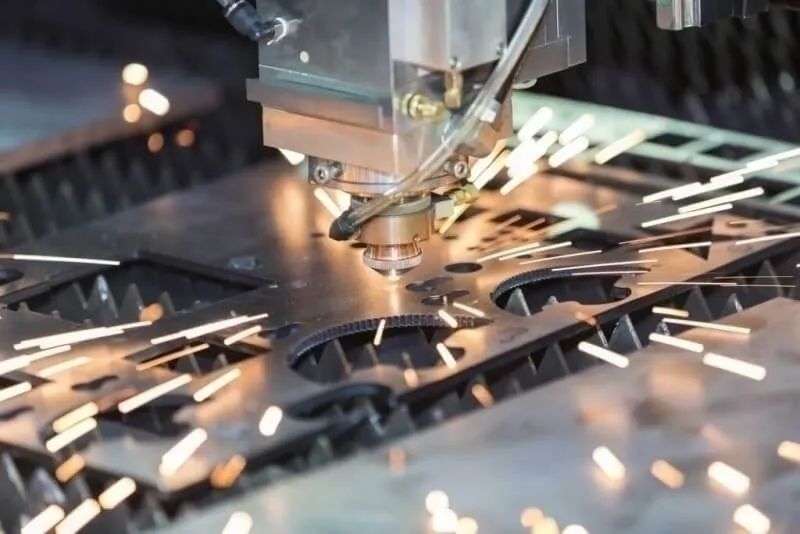
Treating the metal surface before painting not only removes dirt, grease, and contaminants but also ensures proper paint adhesion, enhances the aesthetic appeal, and prolongs the product’s lifespan. Choosing the right method depends on the specific requirements of the product and ranges from traditional to modern techniques. If you have any questions or need further support, feel free to contact PWP Solution for the best consultation!
